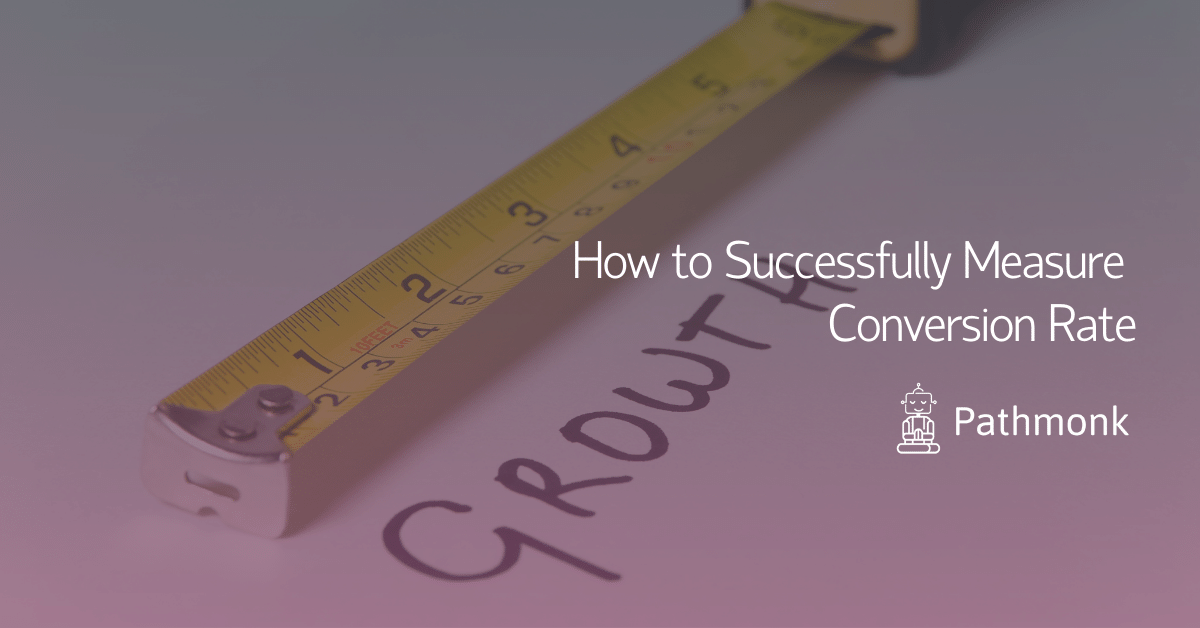
Your website’s conversion rate is an extremely important metric that needs to be measured and tracked in order to gain important insights into your website’s performance.
You can track the conversion rate across multiple devices (mobile or desktop), multiple campaigns, and focus on multiple goals. It can help you spot which ads and keywords are delivering the return on investment you need, and which may need some updating.
Unfortunately, this is a metric that many companies either gloss over or don’t fully understand, which means they may be missing out on some great opportunities.
What Constitutes a Conversion?
A conversion, from a business perspective, refers to any action taken by an individual that has value to your business. While it is most commonly associated with making a purchase, a trackable conversion could be anything from signing up for a newsletter to calling a consultant for more information.
Basically, it’s anything that you define as related to your business’s growth.
Why Focus on Conversion Rate?
There are several important benefits to tracking your conversion rate data.
- Start building strategies based on actual customer interactions
- Get a clear perspective on your ROI
- Develop a more detailed and efficient marketing budget
- See which keywords are performing well and which aren’t
- Determine which ads are appealing to your customers
- Find out if some ads/web pages perform better on mobile or desktop devices
- Make decisions based on reliable data
What’s Your Conversion Rate?
You can measure your conversion rate with a simple equation:
[Number of Conversions] / [Total Number of Visitors] = Conversion Rate
So, for example, if you had 25,643 website visitors in a month, and 1,974 of them took an action that you deemed valuable (and were tracking), then your overall conversion rate would be 0.077.
(You can multiply that number by 100 to get it into a nice percentile. In this case: 7.7%.)
Of course, knowing that equation is just the start.
Anyone can do some simple math to come to a final number, but – probably unsurprisingly – there are a few more variables sneaking into these things that can complicate the matter.
Let’s consider some of those cases.
- What happens when the same visitor returns to your site several times in a month to purchase the same product?
- Should that be counted as a single conversion or multiple conversions?
- Would this inflate your conversion rate to create a strange anomaly in your reports? What if that visitor only makes purchases at that level for that month only?
- Do occasional deep discounts play a role in your conversions? You obviously can’t keep that up forever and rely on it to keep the conversion rate high.
- Are you using the most effective conversion rate to get the best data?
This last one could get really in-depth. You could be looking at the overall conversion rate and tracking data from any source when, in fact, it might be more effective to measure the page-level conversions or even individual keyword conversion rates.
There’s a lot to consider here, but when you lay it all out and come at it strategically, measuring your conversion rate can provide a lot of important benefits.
Choose What to Track
There are a wide range of customer behaviors that can be tracked – all of which can impact your immediate gains and long-term success.
Some of the most common conversions that companies track include:
- Product purchases
- Service signups
- Consultation appointments
- Newsletter signups
- Button clicks
- Phone calls
- Store visits
- Book demos
- App installs
- Free trials
- Ebook or whitepapers downloads
Of course, you don’t simply choose a given action to track and call it good. Now you need to set up your goals for those actions (or even set up goals for multiple kinds of conversions).
Goals are important because they will help you give meaning to the conversion rate.
Goals are fairly easy to set up in Google Analytics, and that’s a great place to start (we’ll recommend some other options later on). The first goals you measure should be simple and straightforward, but you can get into more complex setups later.

Start Tracking
Anyone with a Google Ads account can start setting up conversion tracking.
All you need to do is create a “conversion action” in your account (which is something you will have to define yourself – it basically boils down to something that you determine to be valuable to your business).
Different conversion sources will have slightly different tracking processes, but they generally work in one of two ways. You either:
- Add a conversion tracking tag (a code snippet) to your website or mobile app. This will place a temporary cookie on the visitor’s computer or device which will then inform Google’s system when the action was completed.
- Use a forwarding number to track phone calls or simply count the number of downloads and purchases automatically without a tracking code.
Generate better leads to grow your sales
Discover new strategies to unlocking a flood of high-quality leads from your website.

Always Remember the Cost Per Conversion
This is where you get into the nitty gritty aspects of your conversion rate.
The cost per conversion is a measurement of the money you spent on every lead or referral, and it can show you if your efforts are really paying off.
It’s often been said that traffic without conversions isn’t very helpful. At the same time, neither is conversion without value.
If, for example, your average conversion is worth about $50, but it costs you more than $75 to attract, nurture, and sell the conversion, you’re not going to have much in the way of growth potential.
Always keep these costs in mind as you measure your conversion rate. If the costs are too high, and you’re not actually seeing a return on every sale, then it may be time to look at a different – and more lucrative – aspect of your business.
This kind of data is readily available in Google Analytics, just note that the numbers it gives you only applies to “eligible interactions” so it isn’t showing every click (since some of them cannot be tracked).
Analytics shows a lot of information related to conversion, and you can extrapolate a lot of important insights by also looking at the Conversion Value per Cost, the Conversion Value per Click, and the Value per Conversion.
Conversion Tracking – Turning an Equation into Usable Data

So, we’ve figured out what the conversion rate is for a given activity on your website.
Was it high? Was it low?
Was there something going on in the industry that led to a sudden spike or decline?
There could be a wide range of variables that are impacting the conversion rate on any given day.
This is why you should never look at conversions in snapshot form.
You need to see the trends over time to really understand what is working and what isn’t.
Ongoing conversion tracking, then, is critical to your overall success. It can help you identify which ads/content/events were having the most positive impact and which aren’t performing as well as they could.
This means you will always have to give yourself enough time to track a sufficiently large set of data to get the most reliable answers.
Using Data to Make Changes
If you’ve measured everything correctly, and if you have tracked the trends and changes for a statistically appropriate amount of time, you can make decisions based on hard data.
So, let’s say that you have determined that your current landing page isn’t working as well as it could.
There are several potential ways to optimize the page to get a boost in its performance.
You could rewrite the titles. On the other hand, you could make the call to action more visible. Maybe you should add a bit more content. Wait… you may want to reduce the amount of content, instead.
These are all viable options, and if you have properly tracked your conversion rate, you should have a good idea where to start.
But, let’s be scientific about it.
You can set up and run thousands of A/B tests on your page to test the response to each change.
You don’t have to guess which elements have had the most impact. With the right tools, you can see the actual improvements every change makes.
What Is a Good Conversion Rate?
So, now you know how to calculate your conversion rate, what the numbers mean, and why tracking it for an extended period is so important.
But how do you know if your current conversion rate is actually where it should – or could – be?
Anyone can set a goal for a 25% conversion rate and hope that 1 in 4 people on the website actually takes an action that has value to you, but that may be a little on the overly optimistic side.
The fact is that no one can tell you what conversion rate constitutes a good one. This will have to be defined by you and what is common in your individual industry.
It will depend on how much you are investing into your advertising/marketing, and what you need/expect to get back.
It will depend on how many of the conversions involve a purchase and how many simply involve a download or a signup.
In other words, your conversion rate is directly tied to your ROI, so keep an eye on that and you’ll be able to determine exactly how high this metric needs to be in order to deliver profitability.
Understand your customer journey analytics
See how your users behave, find drop-offs, and receive actionable insights with AI.









